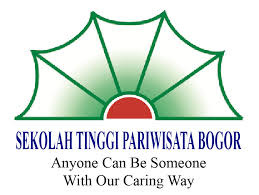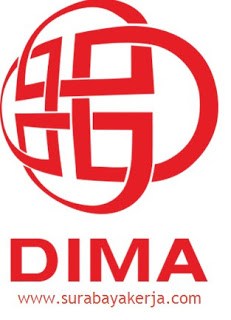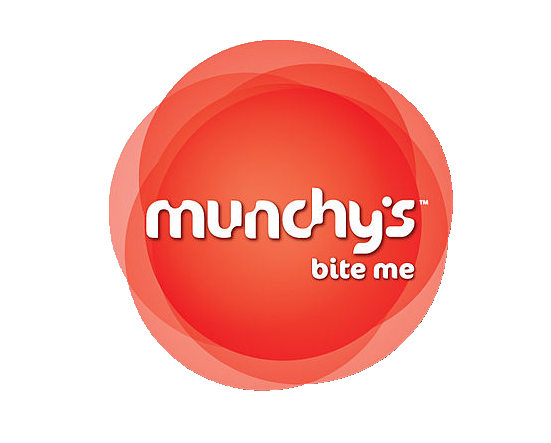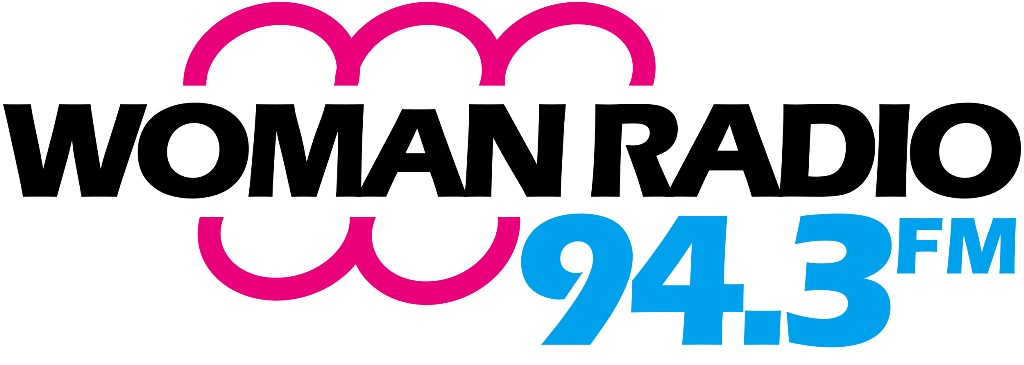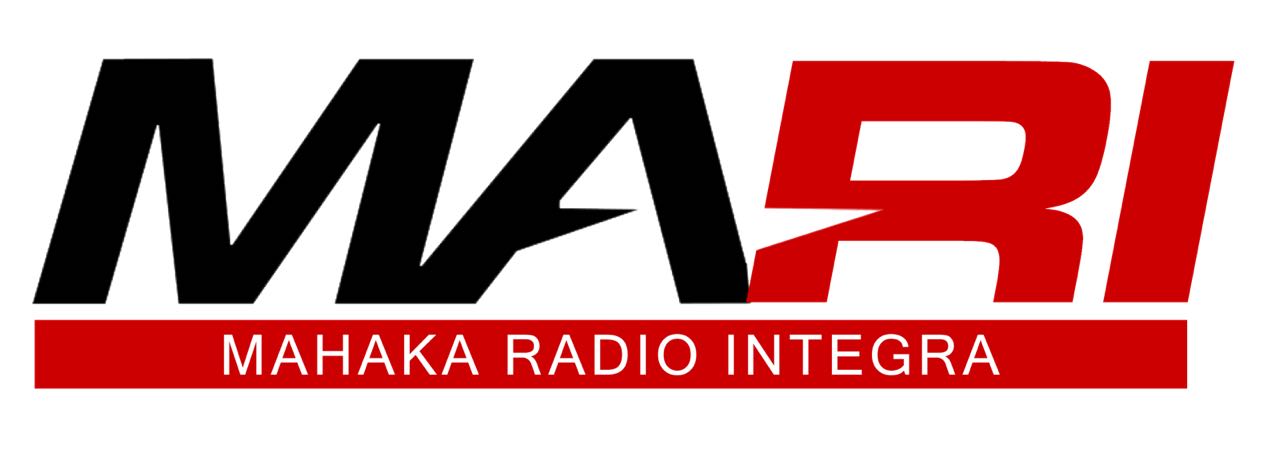TRAVEL SELFIE DAN DESTINATION IMAGE: STUDI KASUS TAMAN BUNGA JALAN JALUR LINGKAR SELATAN (JJLS) YOGYAKARTA
Abstract
Fotografi dan pariwisata saat ini dianggap tidak dapat dipisahkan. Secara umum, tren yang terjadi dalam fotografi serta teknologinya telah berubah secara signifikan dan telah menjadi jauh lebih kompleks dan berbasis online media. Media sosial dan beberapa jejaring sosial telah muncul sebagai suatu fenomena yang sebagai sumber informasi online baru yang dibuat, diinisiasi, diedarkan dan digunakan oleh konsumen yang bermaksud untuk mendidik satu sama lain tentang produk, merek, layanan, kepribadian, dan masal. Pembahasan dalam penelitian ini adalah tentang travel selfie sebagai media alternatif promosi destinasi wisata. Obyek penelitian ini berdasarkan fenomena kebun bunga di sepanjang pinggir Jalan Jalur Lintas Selatan(JJLS) Desa Srigading, Kecamatan Sanden, Kabupaten Bantul, Yogyakarta. Penelitian ini menggunakan pendekatan kualitatif dengan metode studi kasus. Data yang akan dianalisis adalah hasil interview pengunjung dan pemilik kebun bunga. Juga dilakukan pengamatan foto-foto yang muncul di media sosial untuk melihat respon terhadap obyek wisata tersebut. Tujuan penelitian ini untuk mengetahui kategori paling populer terhadap suatu citra destinasi, dan selanjutnya analisa deskripsi dilakukan untuk mendapatkan model bahwa travel selfiedianggap sebagai elemen yang lebih penting untuk media alternatif destinasi wisata.
Kata Kunci: travel selfie, social media, destination image
ABSTRACT:
Photography and tourism are now considered inseparable. In general, trends in photography and technology have changed significantly and have become much more complex and online-based media. Social media and social networks have emerged as a phenomenon as a new source of online information created, initiated, circulated and used by consumers who intend to educate each other about products, brands, services, personalities, and the masses. The discussion in this study is about travel selfie as an alternative media promotion of tourist destinations. The object of this research is based on flower garden phenomenon along the edge of Jalan Jalur Lintas Selatan (JJLS) of Desa Srigading, Kecamatan Sanden, Kabupaten Bantul, Yogyakarta. This research uses qualitative approach with case study method. The data to be analyzed is the result of interviews of visitors and flower garden owners. Also observed photographs appearing on social media to see the response to these attractions. The purpose of this research is to know the most popular category of destination image, and further description analysis is done to get the model that travel selfie considered as more important element for alternative media of tourist destination.
Keywords: travel selfie, social media, destination image
Full Text:
PDFReferences
Andita , R. (2018, Februari 17). bisnis.tempo.co. Retrieved from tempo.co: https://bisnis.tempo.co/read/1061671/pengguna-smartphone-akan-tembus-100-juta-kemenperin-siapkan-ini
Brad, R. (2010). A brief history of smartphone's. http://www.networkworld.com/slideshows/2010/061510-smartphone-history.html#slide1.
Chua, T. H., & Chang, I. (2016). Foollow me and like my beautiful selfie: SIngapore teen age girls engagement in self-presentation and peer comparison on social media . Human and Behavior, 190-197.
Chung, J. Y., & Chen, C. C. (2018). The impact of country and destination images on destination loyalty: a construal-level-theory perspective. Asia Pacific Journal of Tourism Reseacrh, 56-67. doi:https://doi.org/10.1080/10941665.2017.1399917
Comprubi, R., Guia, J., & Comas, J. (2009). La formación de la imagen turística inducida: Un modelo conceptual. PASOS.Revista De Turismo Y Patrimonio Cultural, 7(2), 255-270.
Davidson, L. (2015). Is your daily social media usage higher than average? Is your daily social media usage higher than average?, pp. http://www.telegraph.co.uk/finance/news bysector/mediatechnologyandtelecoms/11 610959/Is-your-daily-social-media-usagehigher-than-average.html.
Dinhopl, A., & Gretzel, U. (2016). Selfie-taking as touristic looking. Anals of Tourism Research, 126-139. doi:10.1016/j.annals.2015.12.015
Facebook. (2016). Stats. www.newsroom.fb.com/company-info.
Frochot , I., & Batat, W. (2013). Marketing and Designing the Tourist Experience. London: Goodfellow Publishers.
Glaser, B., & Strauss, A. (1967). The discovery of grounded theory. International Journal of Qualitative Methods. http://www.ualberta.ca/~iiqm/backissues/5_1/pdf/mills.pdf. .
Harisa, S. A. (2017, Februari). Perilaku berfoto selfie sebagai kecenderungan munculnya gaya hidup modern. Jurna Online Mahasiswa (JOM), 4(1). Retrieved Juli 30, 2018, from https://media.neliti.com/media/publications/130481-ID-perilaku-berfoto-selfie-sebagai-kecender.pdf
Katadata. (2017, Agustus 29). Pengguna Ponsel Indonesia Mencapai 142% dari Populasi. Retrieved from databoks.katadata.co.id: https://databoks.katadata.co.id/datapublish/2017/08/29/pengguna-ponsel-indonesia-mencapai-142-dari-populasi
Kim, H., & Stepchenkova, S. (2015). Effect of tourist photographs on attitudes towards destination: Manifest and latent content. Tourism Management, 29-41.
Krippendorff, K. (1980). Content Analysis: An introduction to its methodology. London: Sage.
Lee , T. P., & Kosasih, W. (2017). Exploring the Distance, Location, and Style of “Selfies” . New Contributions in Information Systems and Technologies , 875-884.
Lobinger, K., & Brantner, C. (2015). In the eye of the beholder: subjective views on the authenticity of selfies. Int. J. Commun 9, 1848–1860.
Lyu, S. O. (2016). Travel selfies on social media as objectified self-presentation. Tourism Management, 185-195. doi:10.1016/j.tourman.2015.11.001
Molinillo, S., Cabanillas, F. L., & Sanchez, R. A. (2017). Destination image on the DMO'S platfrom: official website and social media. Tourism & Management Studies, 5-14. doi:10.18089/tms.2017.13
Munar, A. M. (2012). Social media strategies and destination management. Scandinavian Journal of Hospitaity and Tourism, 101-120.
Nasrullah, R. (2015). Media Sosial; Perspektif Komunikasi, Budaya, dan Sosioteknologi. Bandung: Simbiosa Rekatama Media.
Patel, D., & Jermacane, D. (2015, Maret 12). Social media in travel medicine: a review. Travel Med Infect Dis, 135-42. doi:10.1016/j.tmaid.2015.03.006
Pew Research Center. (13 Februari 2014). Emerging nations embrace internet, mobile technology. Washington: Pew Research Center.
Qiu, L., Lu, J., Yang, S., Qu, W., & Zhu, T. (2015, November). What does your selfie say about you? . Computers in Human Behavior, 443-449. doi:https://doi.org/10.1016/j.chb.2015.06.032
Rabassa, F. N., Paniagua, F. J., & Setó, P. D. (2014). Estudio de la visibilidad de los posts en Facebook de diferentes destinos turísticos españoles y su co-mediación según el contenido. Congreso Turismo y Tecnologías de la Información y las Comunicaciones, 3-4.
Rasmi, S., Ng, S., Lee, J. A., & Soutar, G. N. (2014). Tourists strategies: An acculturation approach. Tourism Management, 311-320.
Ryan, T., Allen, K. A., Gray, D. L., & McInerney, D. M. (2017). How Social Are Social Media? A Review of Online Social Behaviour and Connectedness. Journal of Relationships Research, 1-8. doi:10.1017/jrr.2017.13
Sorokowski, P., Sorokowska, A., Oleszkiewicz, A., Frackowiak, T., Huk, A., & Pisanski, K. (2015). Selfie posting behaviors are associated with narcissism among men. Personal. Individ. Differ, 123-127. doi:10.1016/j.paid.2015.05.004
Stelzne, M. A. (2016). Social Media marketing Industry Report: How Marketers Are Using Social Media to Grow Their Businesses. http://www.socialmediaexaminer.com/soc ial-media-marketing-industry-report2016/.
Weber, R. P. (1985). Basic content analysis. New Delhi: Sage.
Williamson , P., Stohlman , T., & Polinsky , H. (2017). Me, My "Selfie" and I: A Survey of Self-disclosure Motivations on Social Media. IAFOR Journal of Cultural Studies, 2(2), 71-85.
DOI: http://dx.doi.org/10.30813/ncci.v0i0.1203
Refbacks
- There are currently no refbacks.


